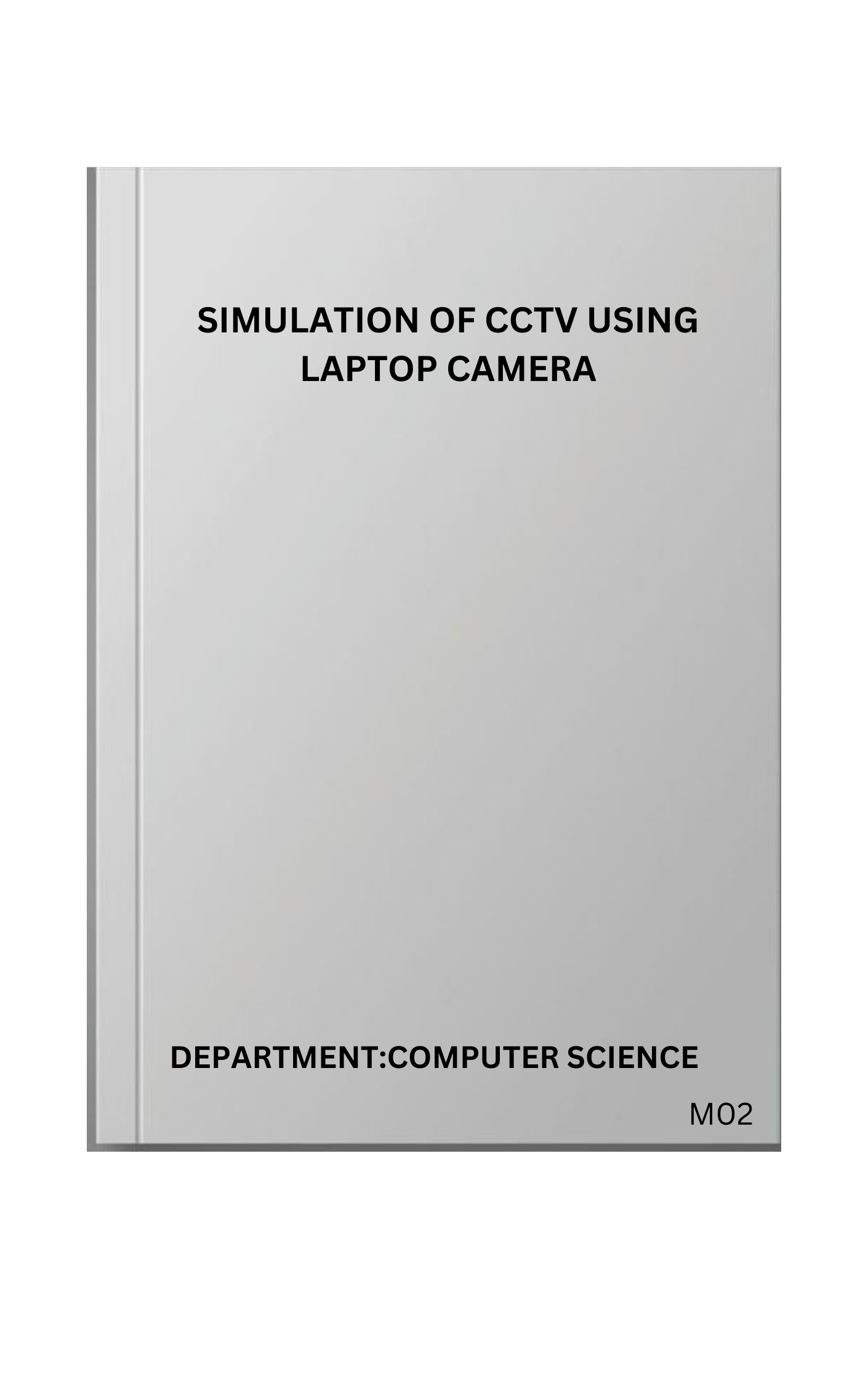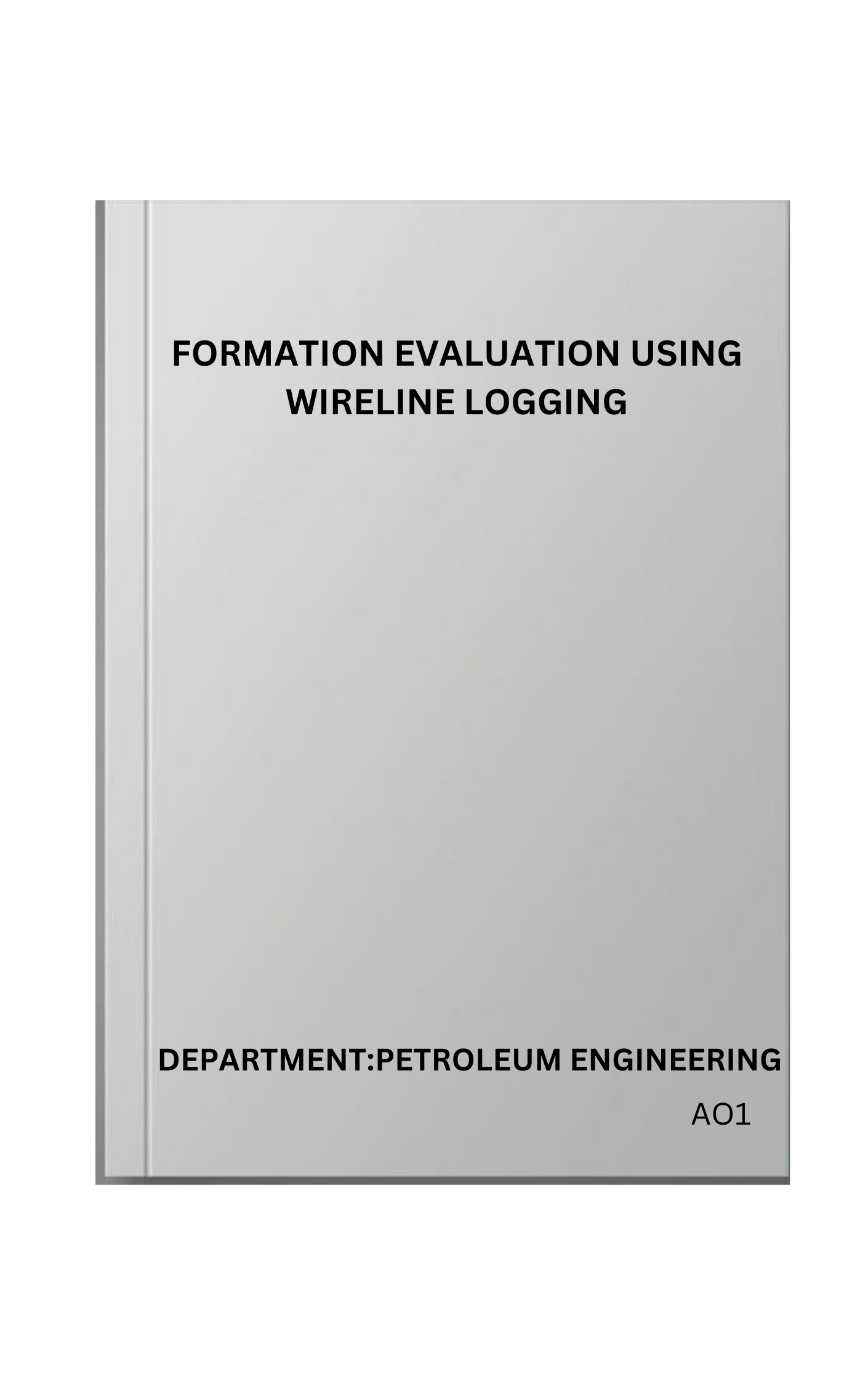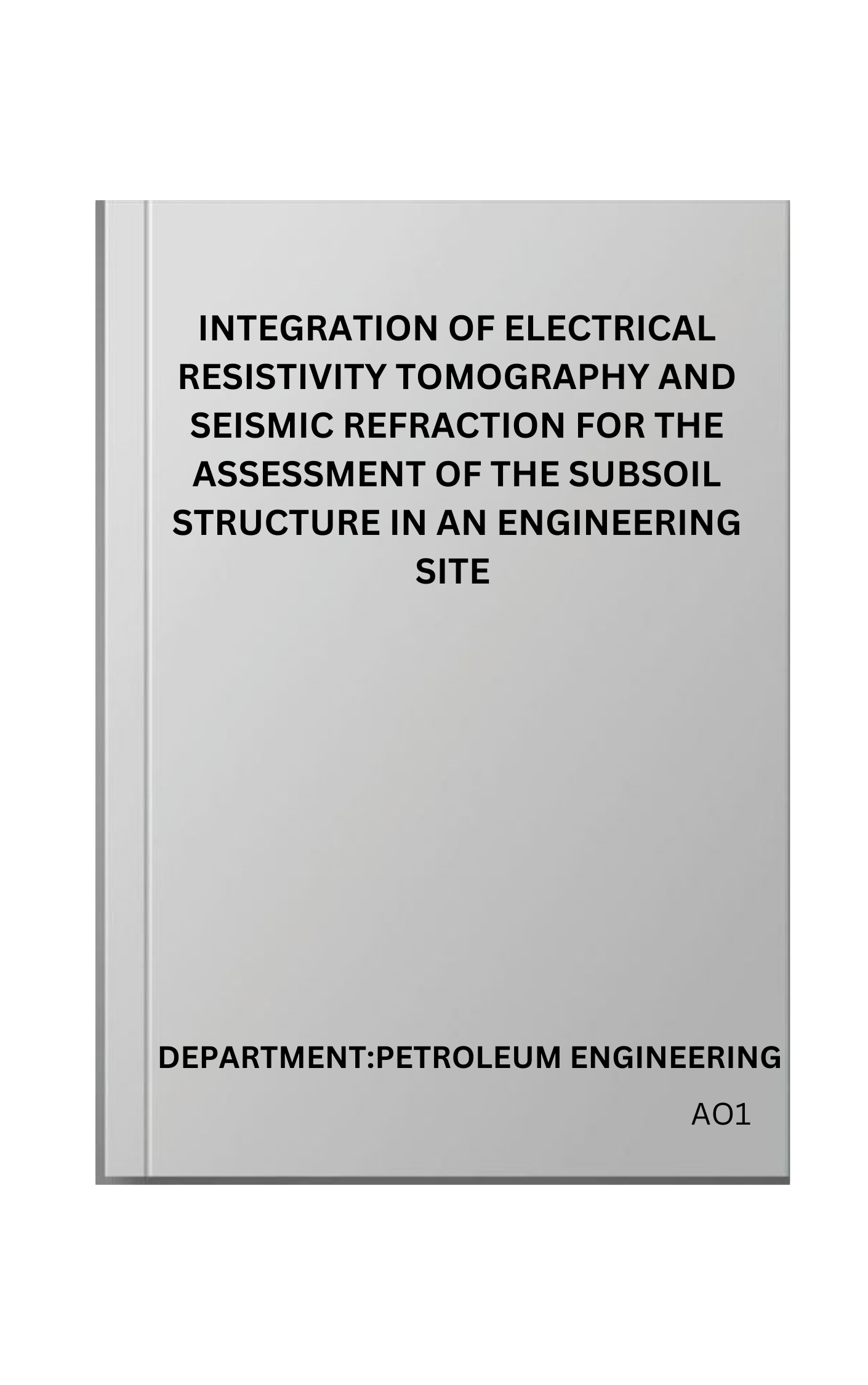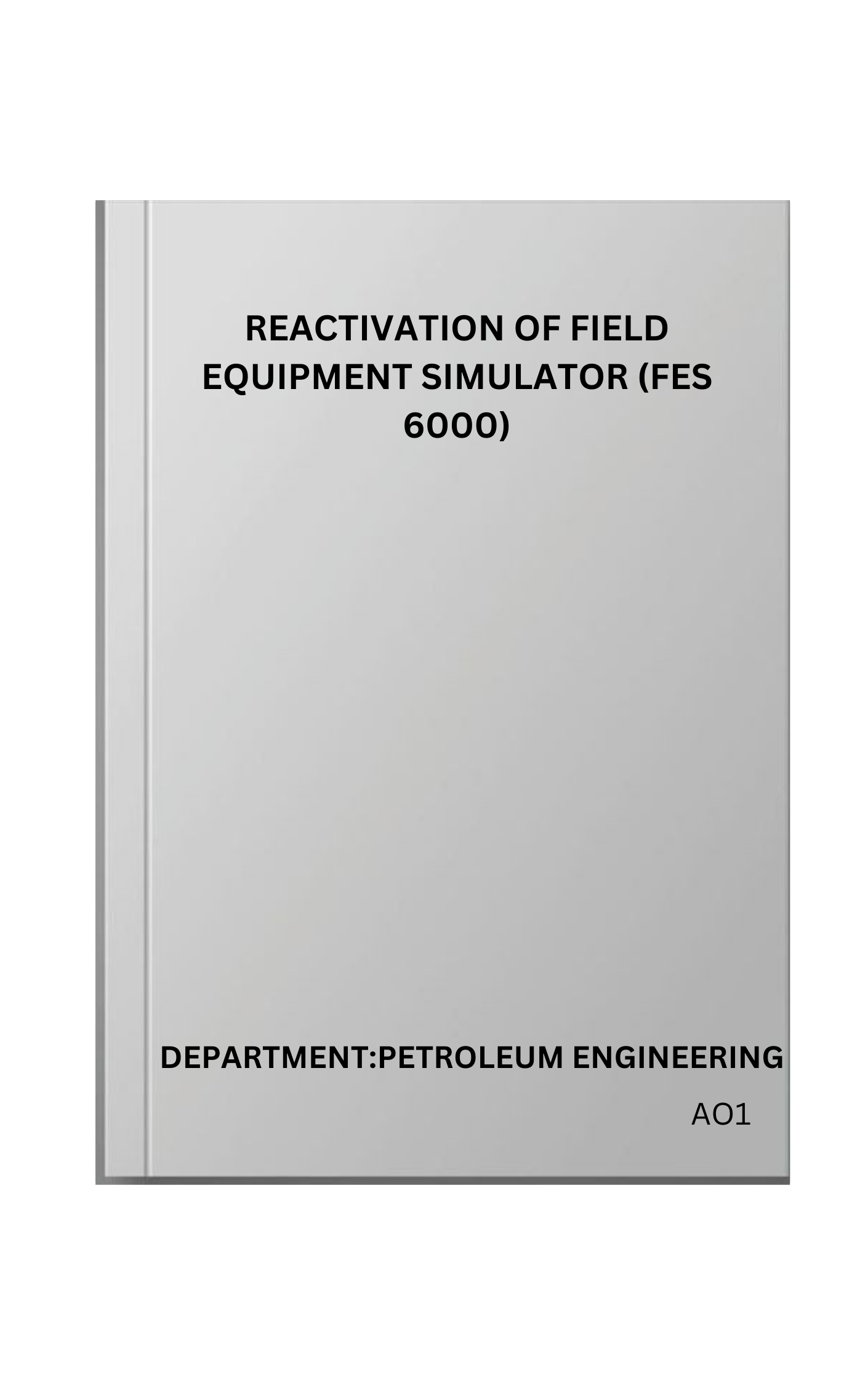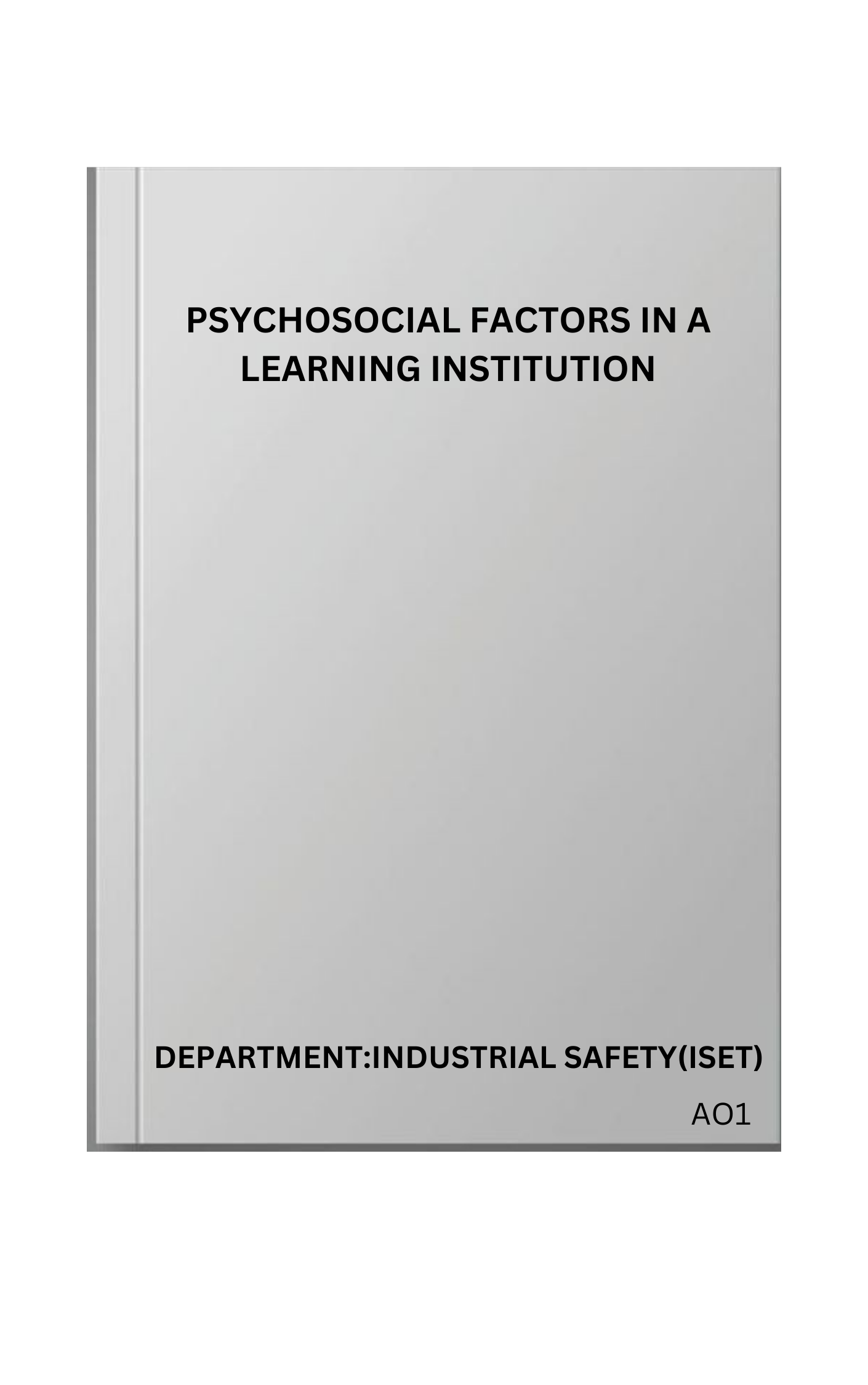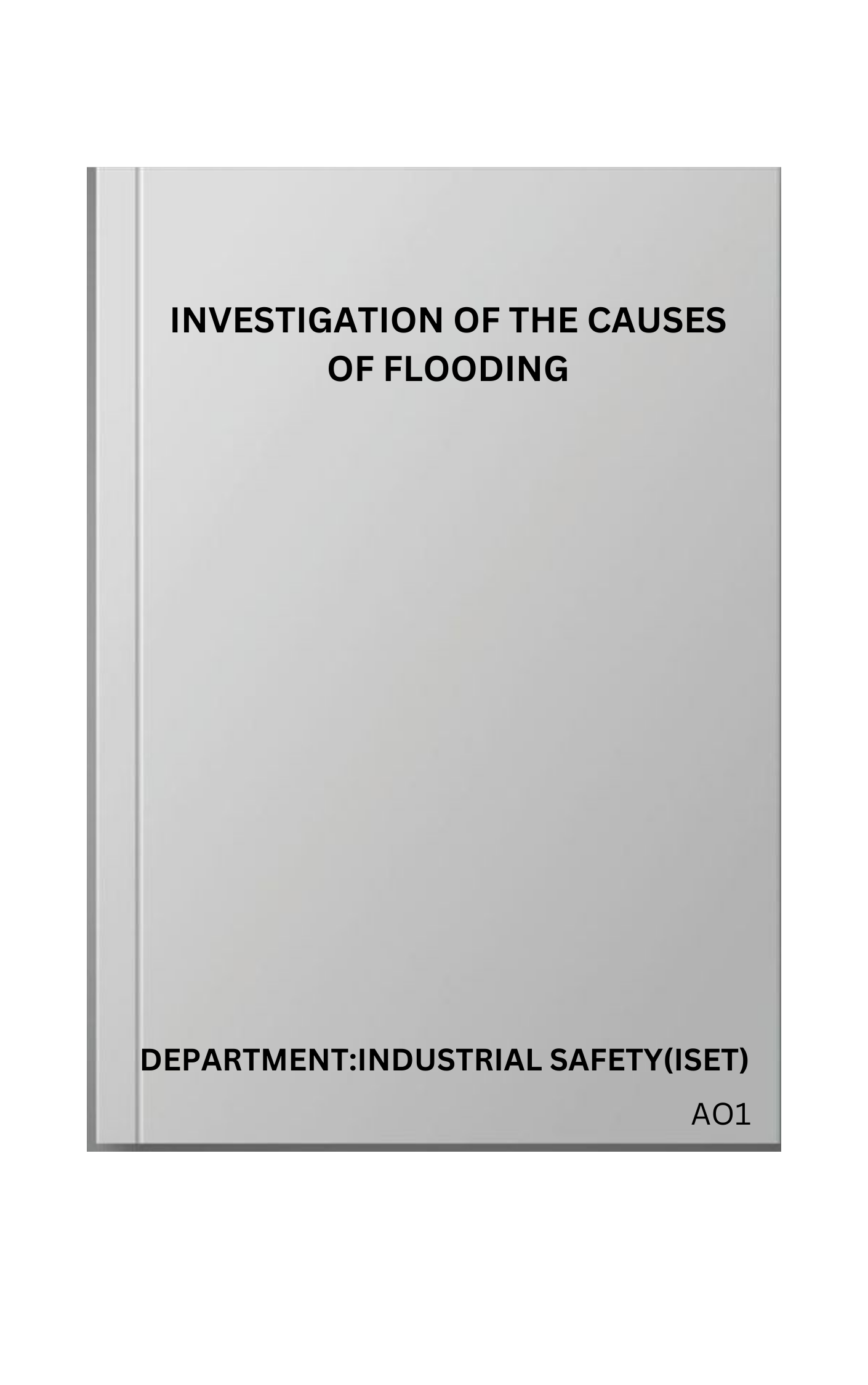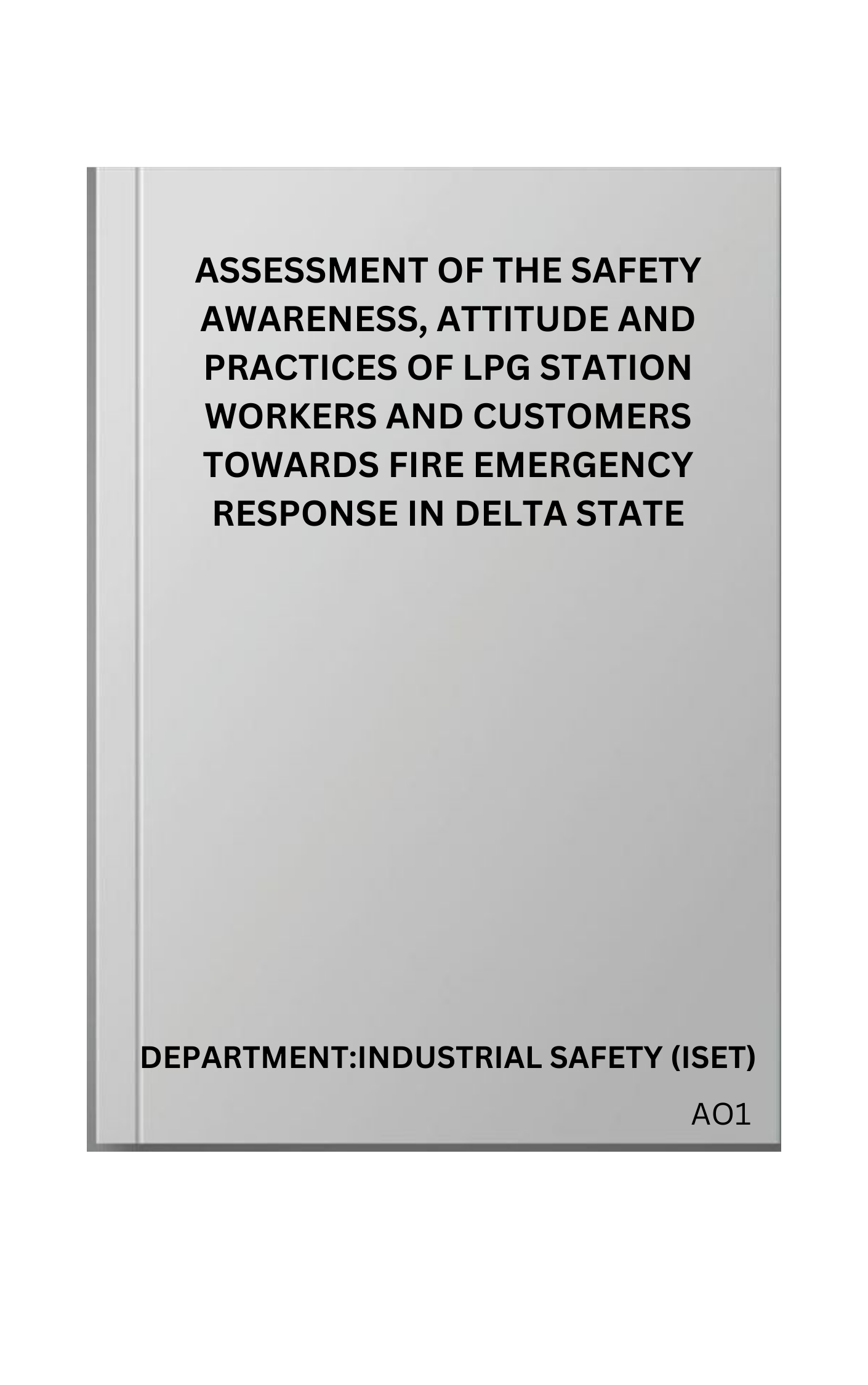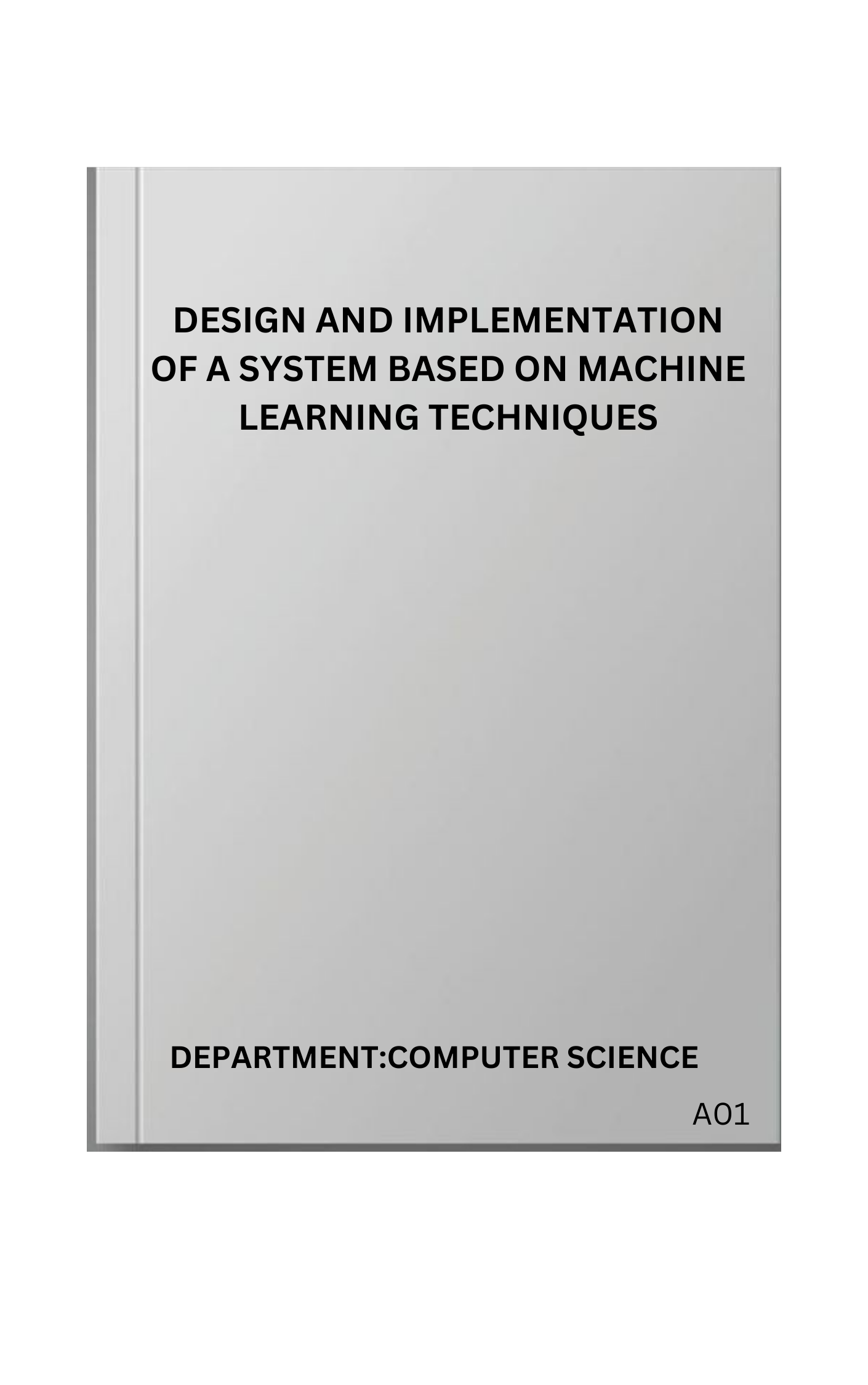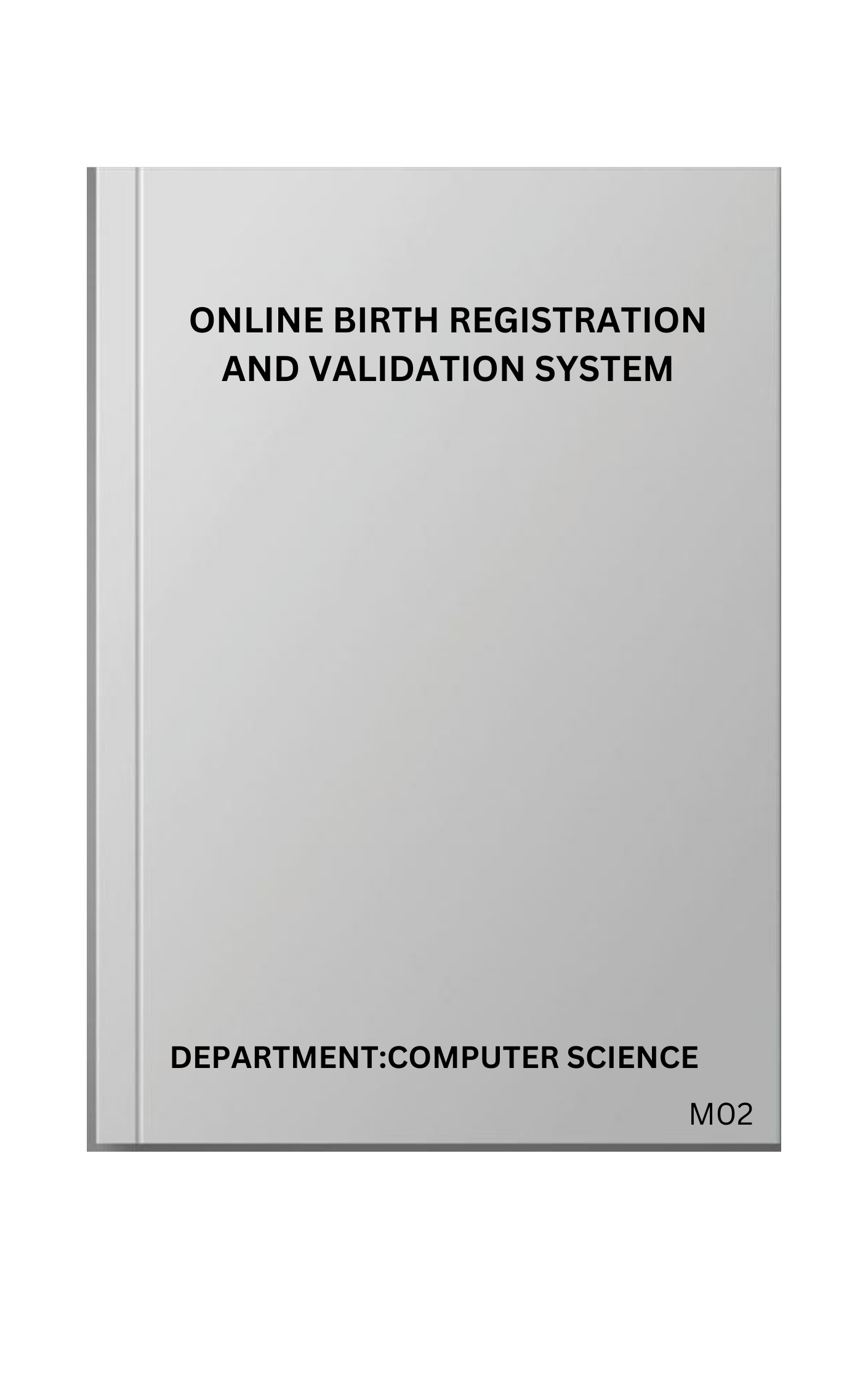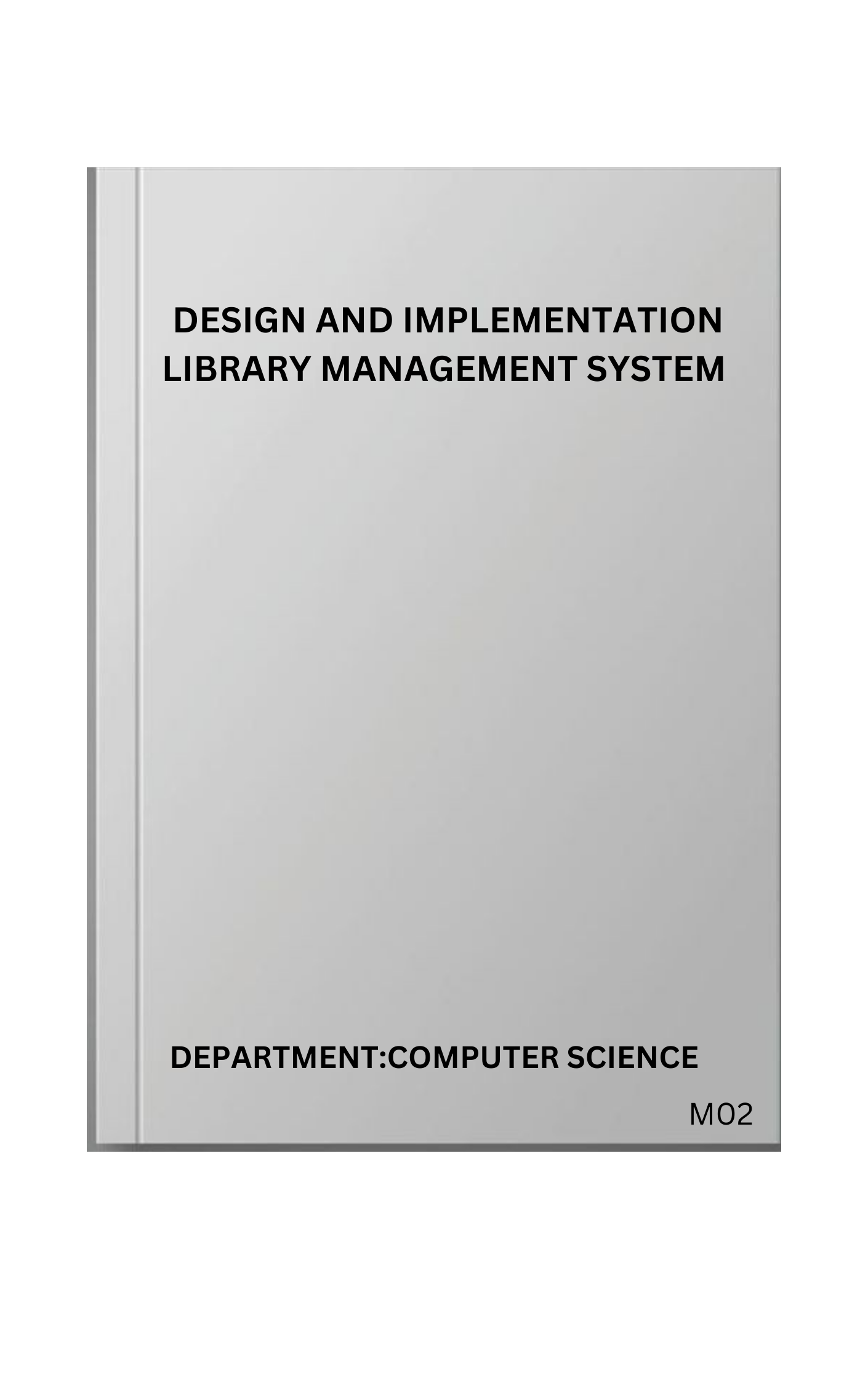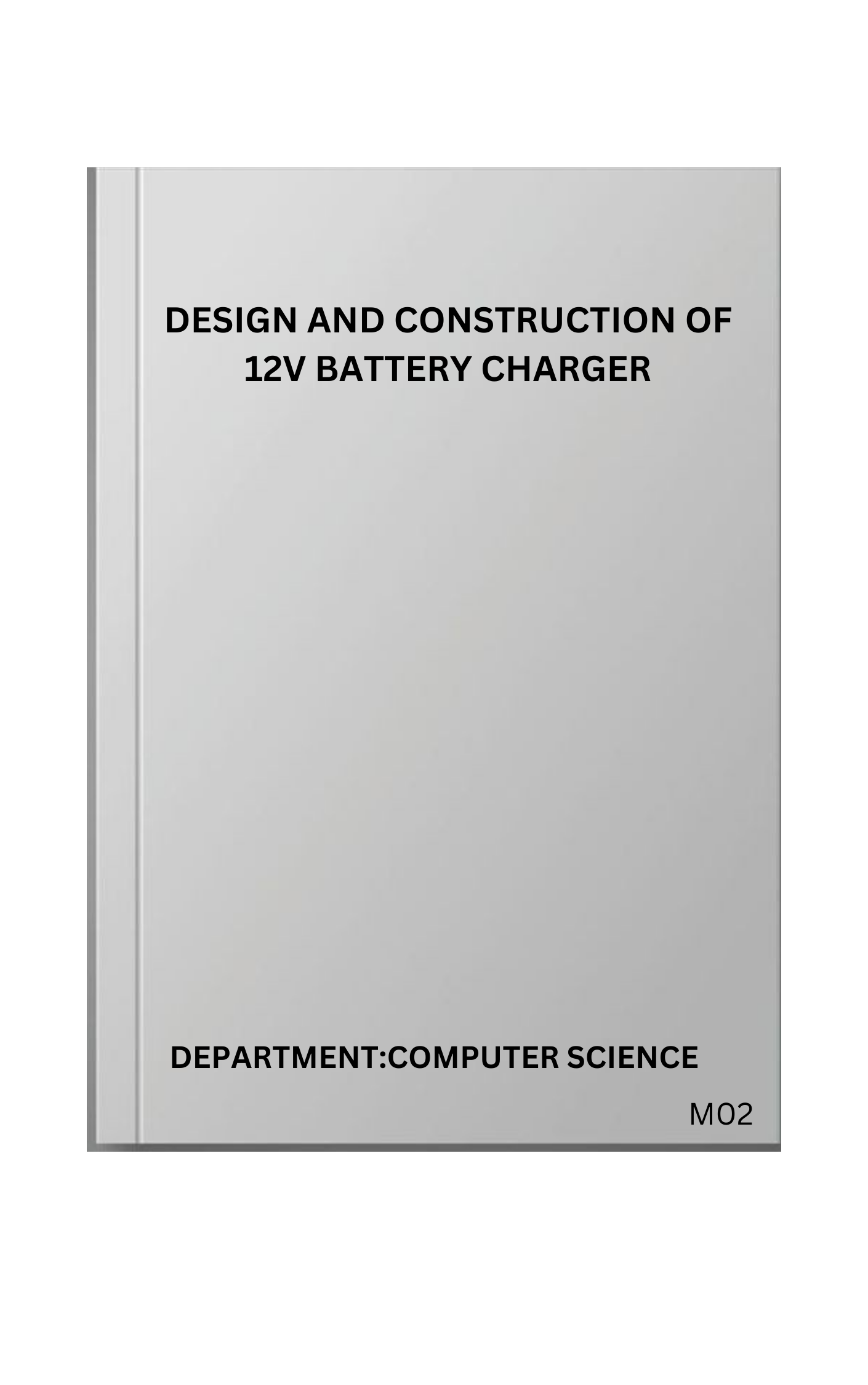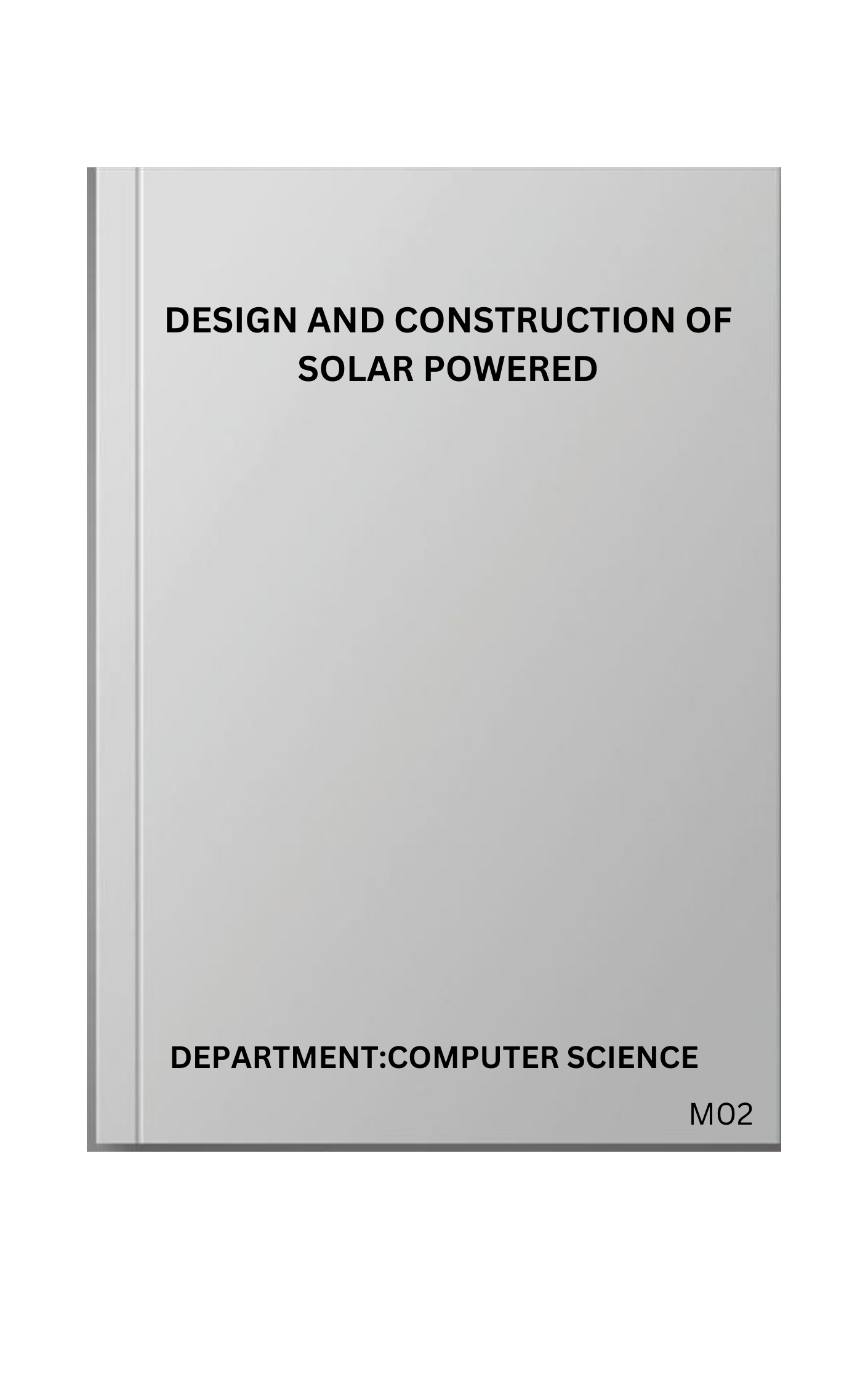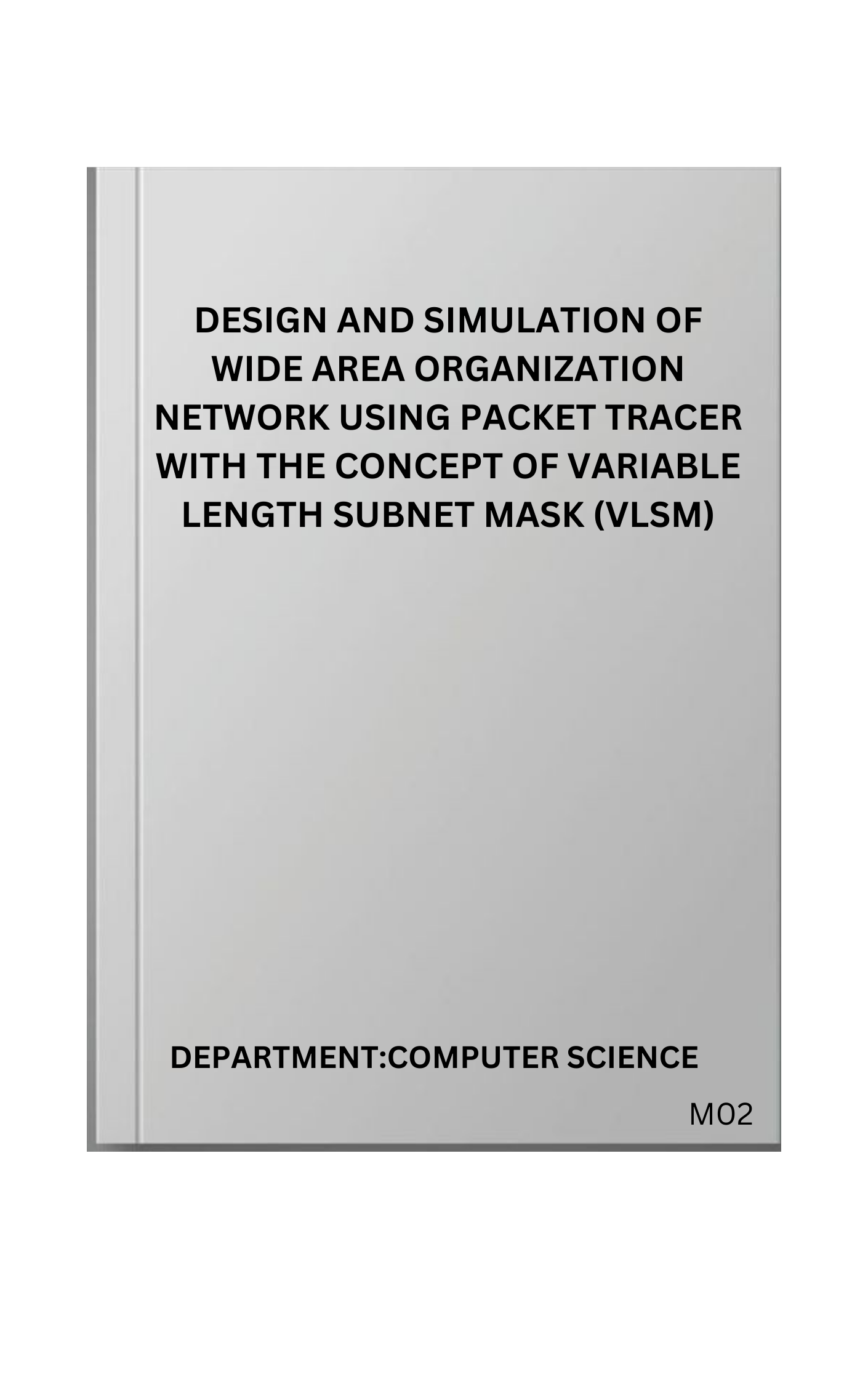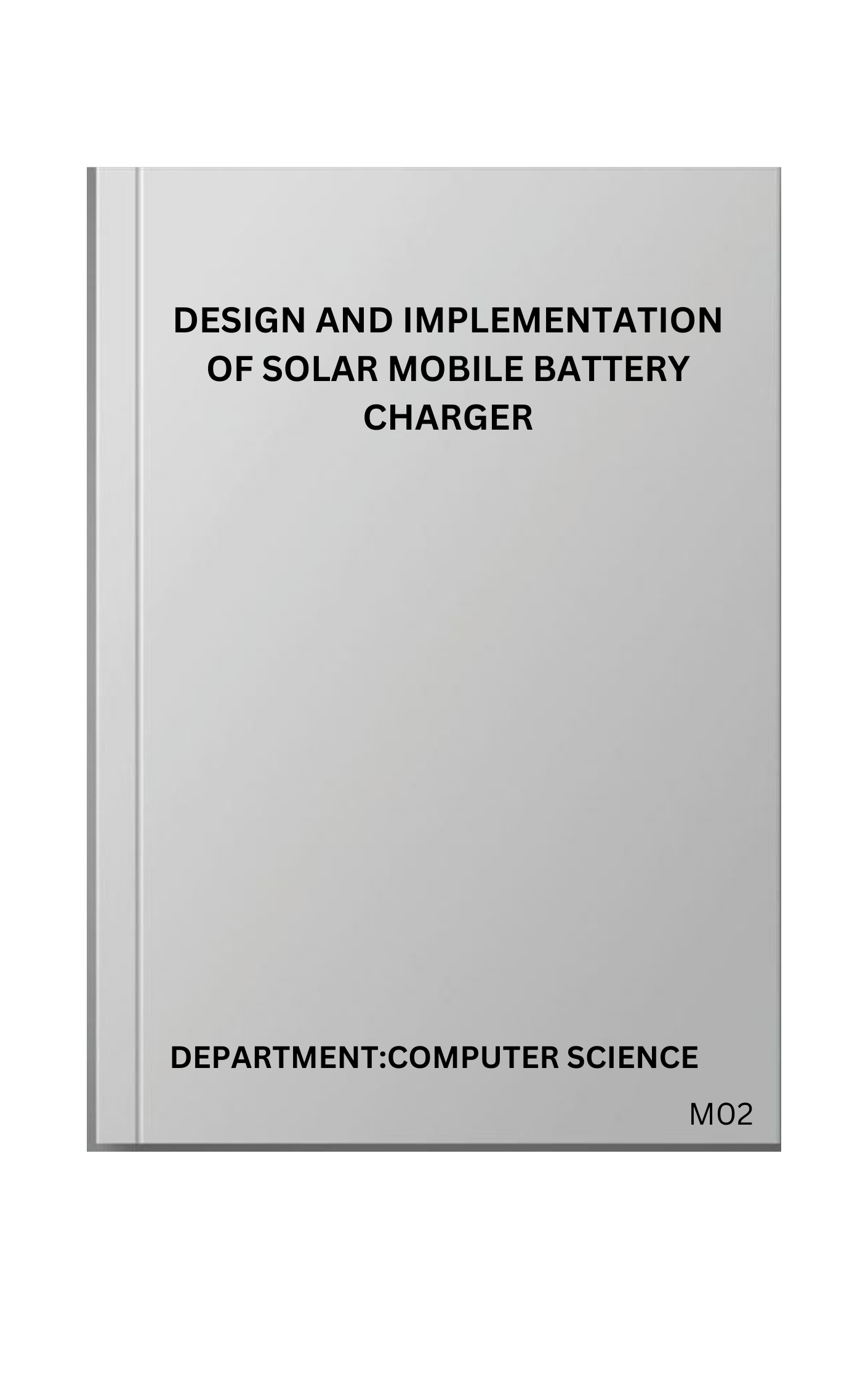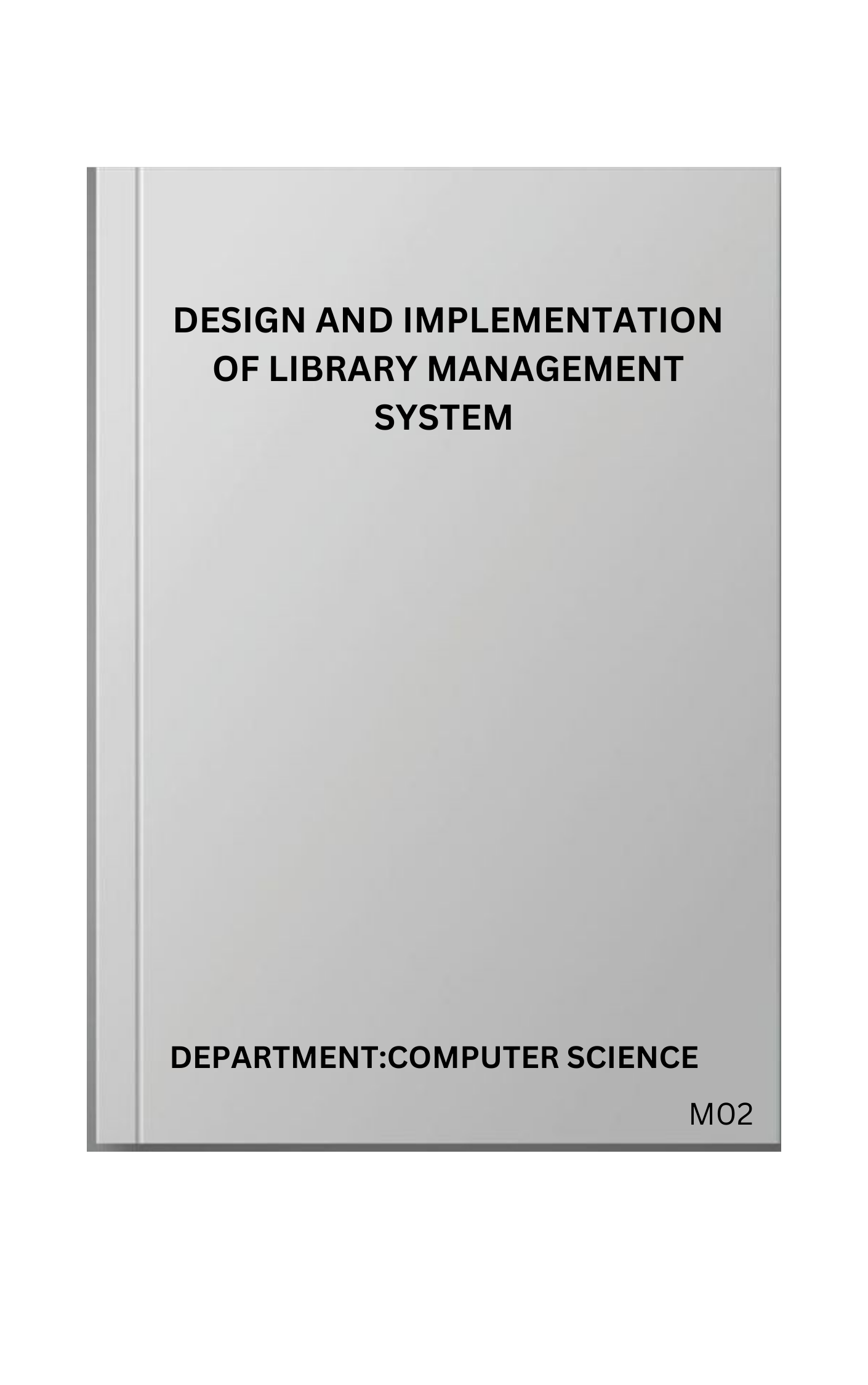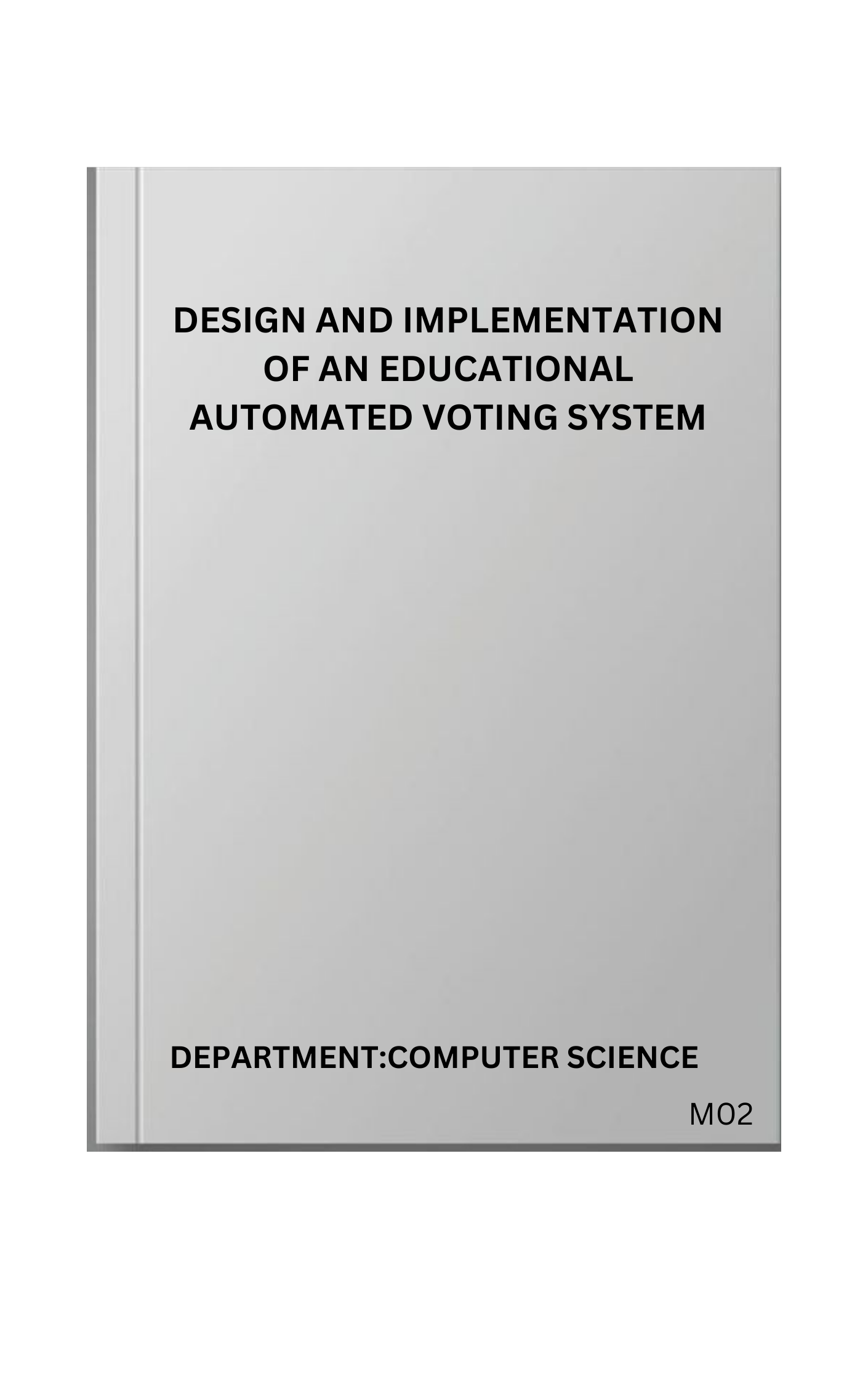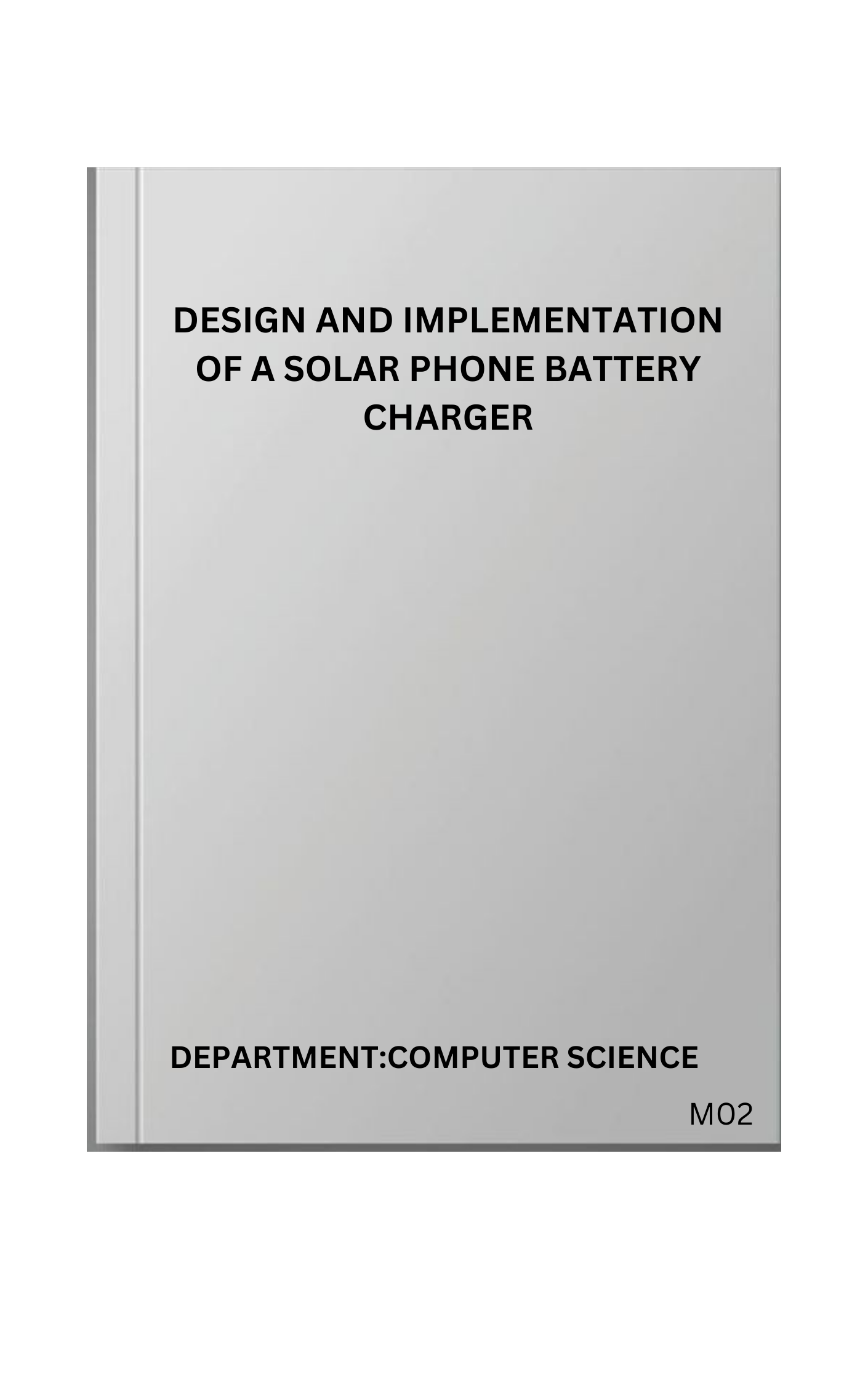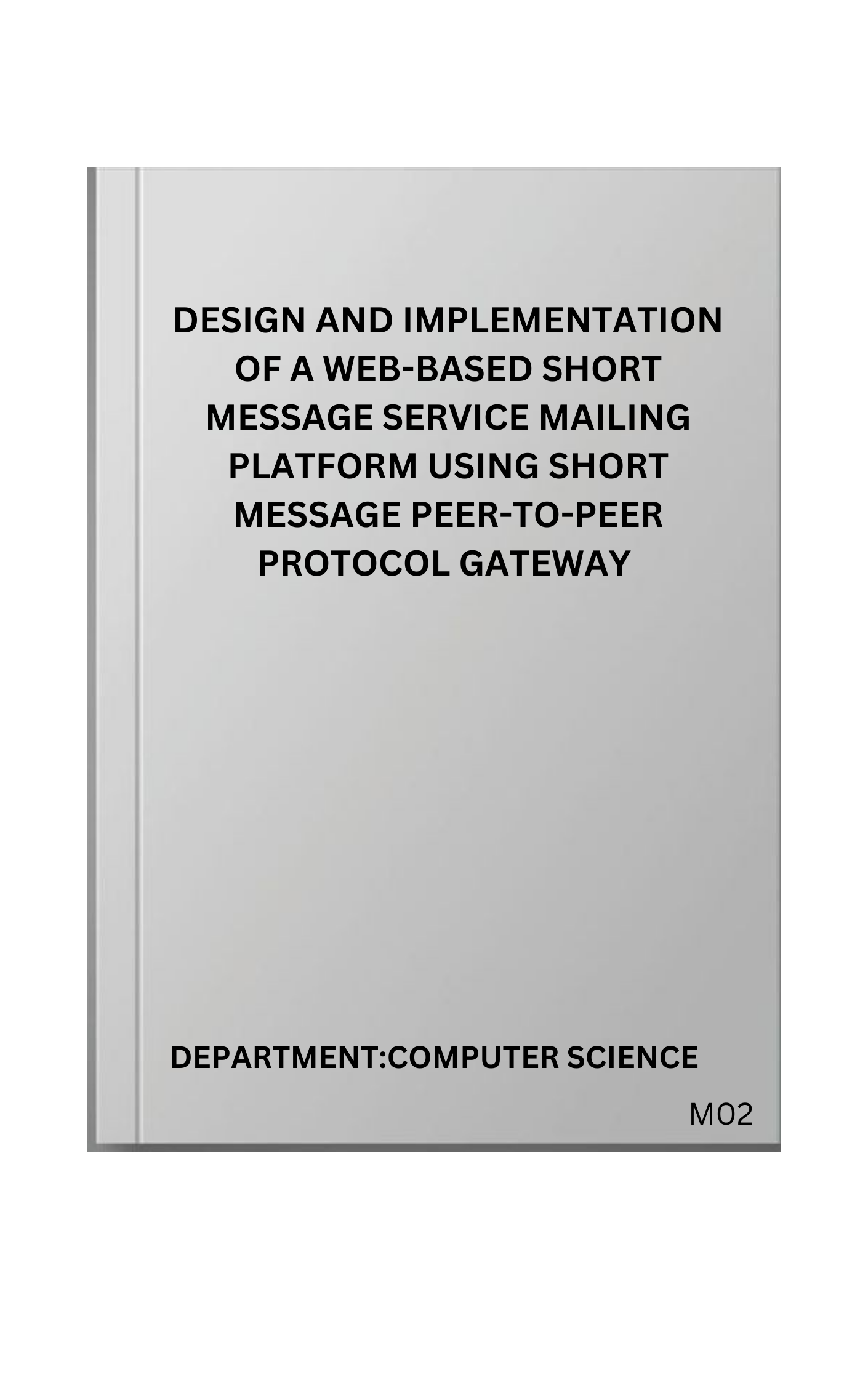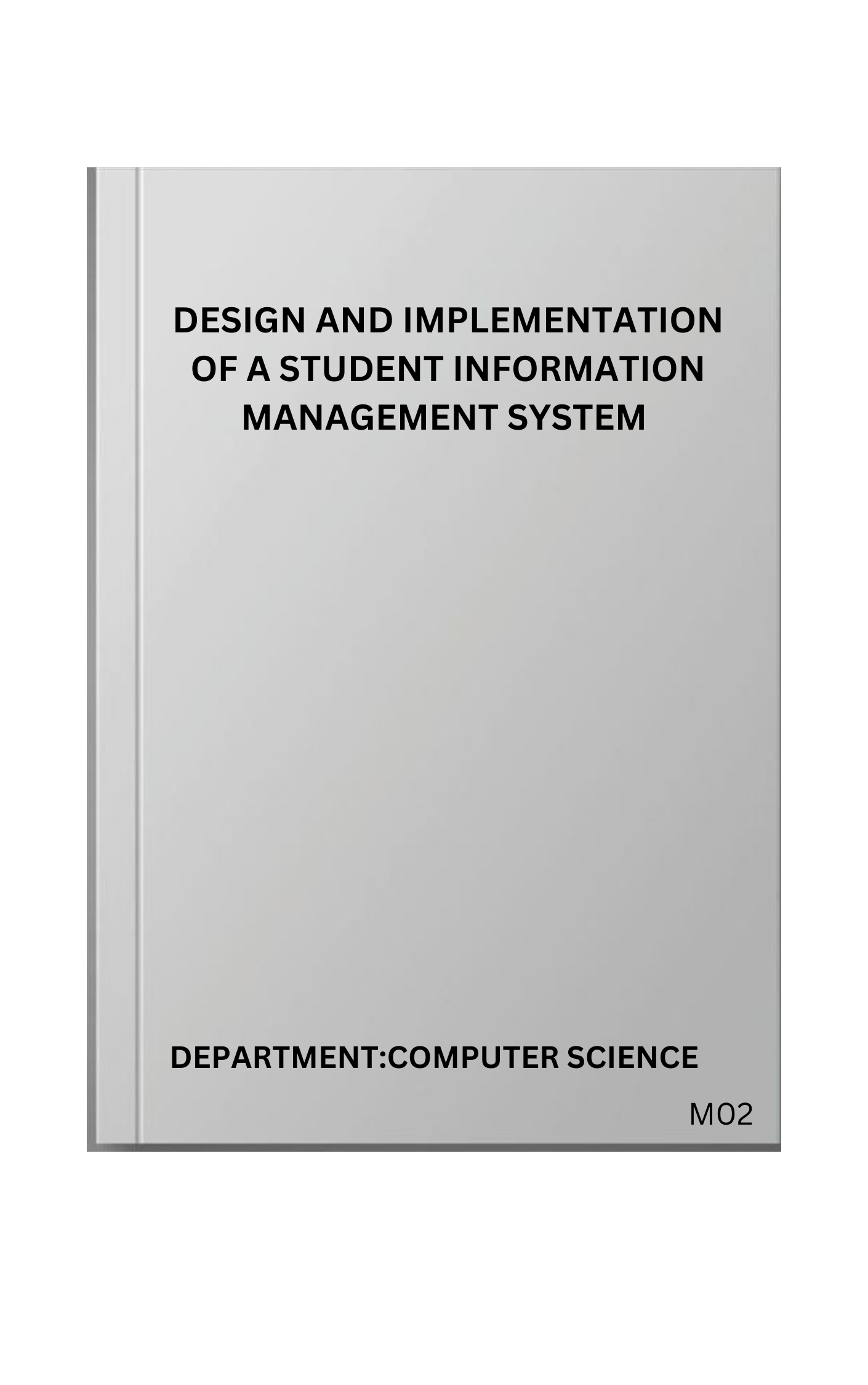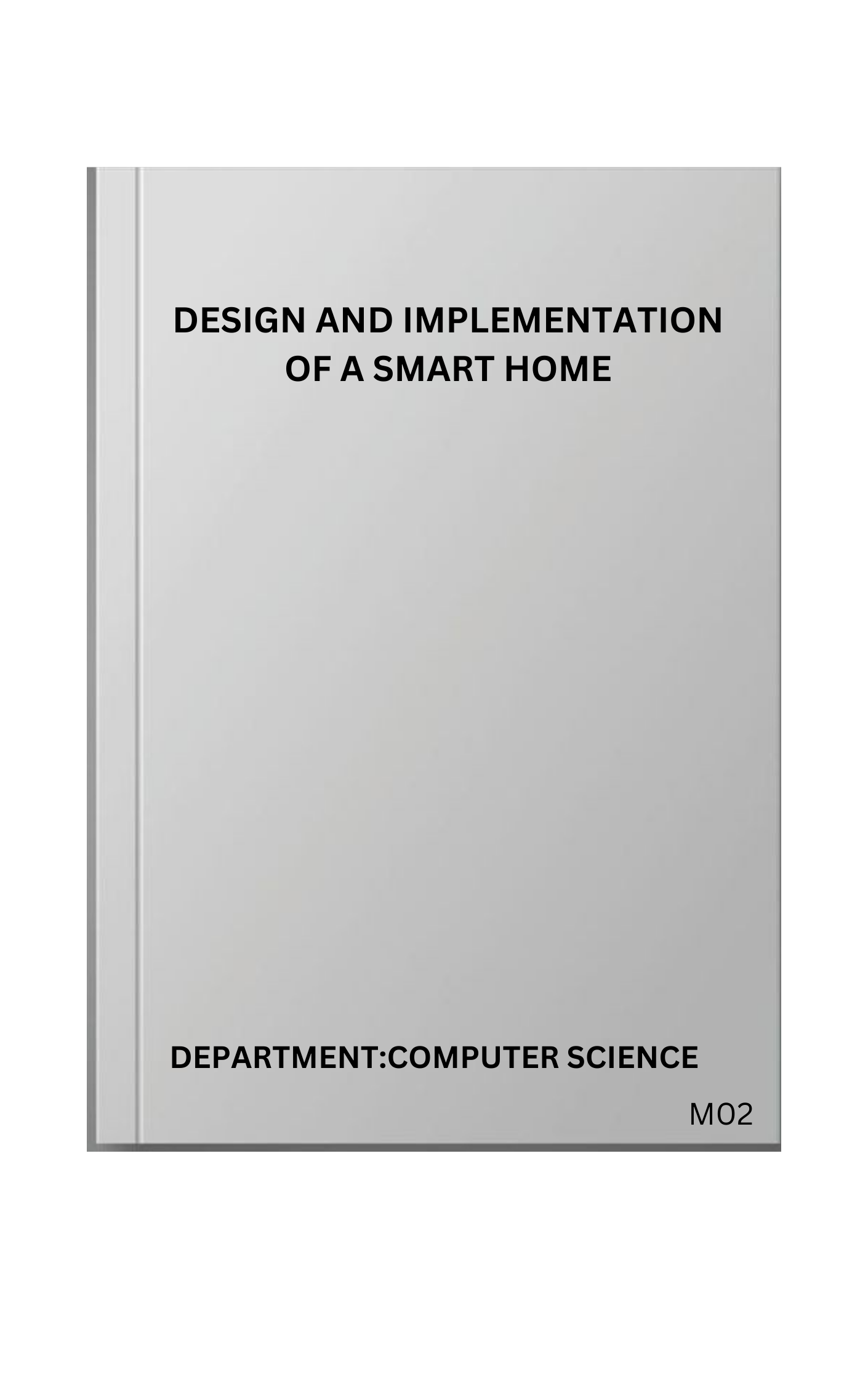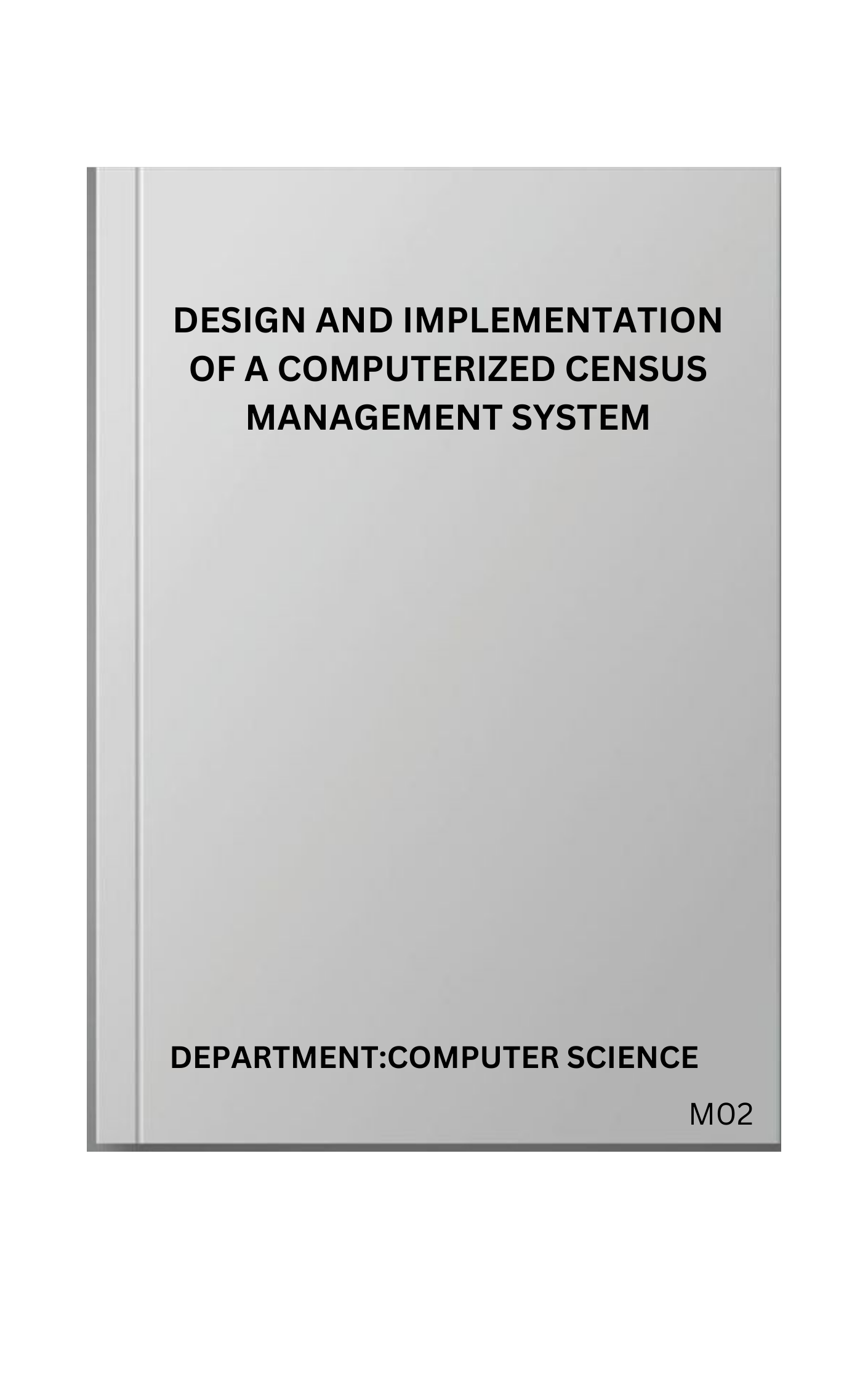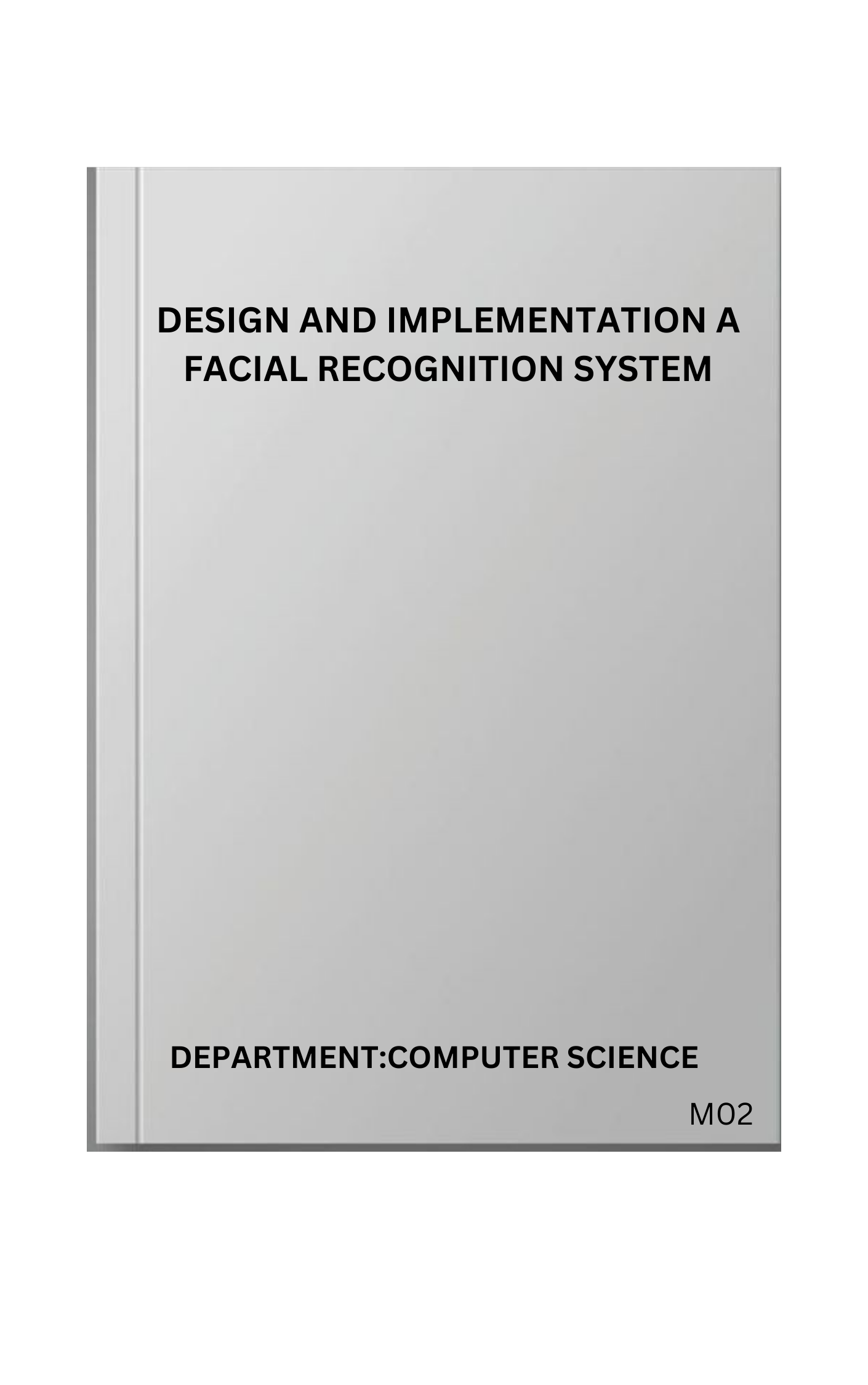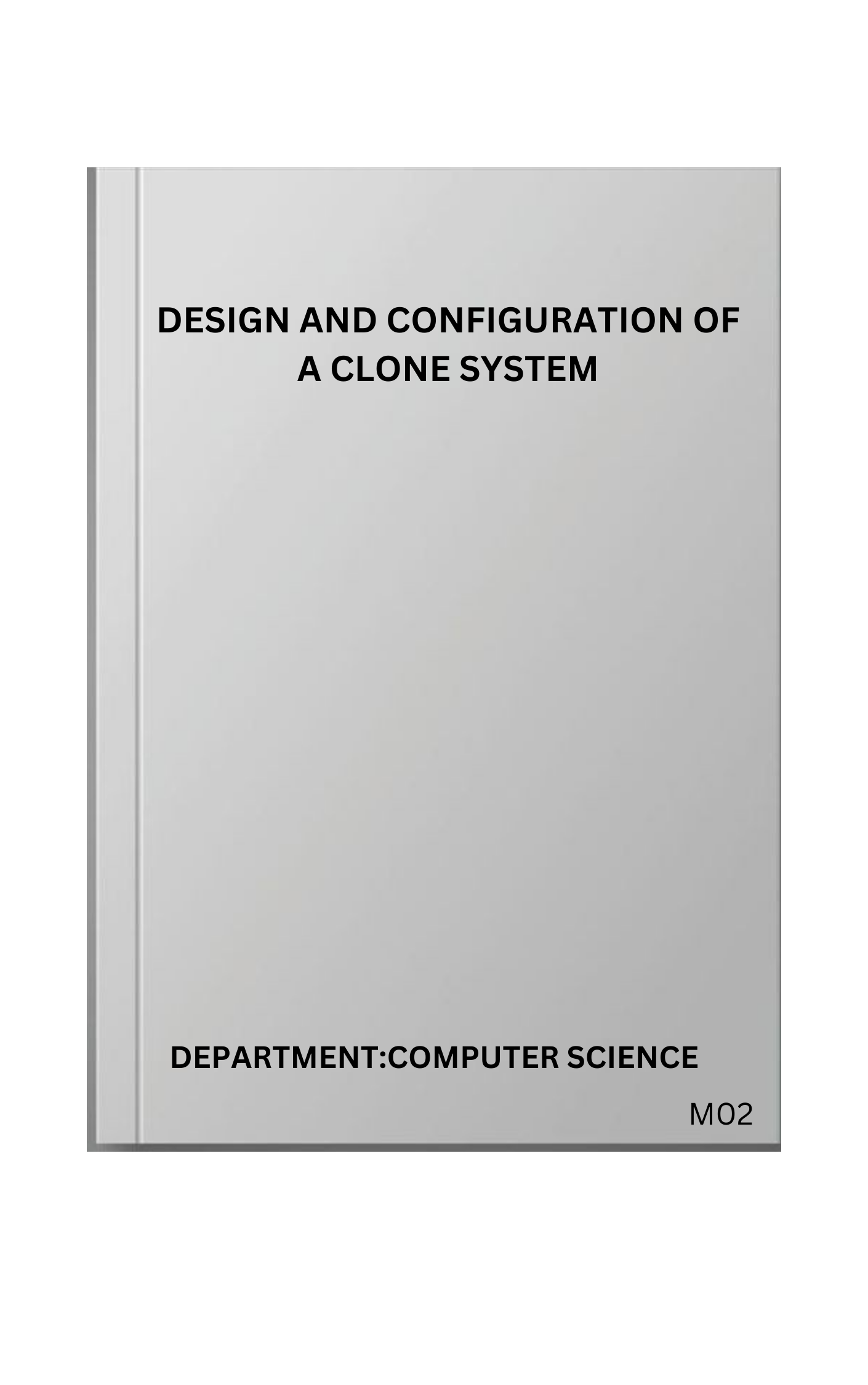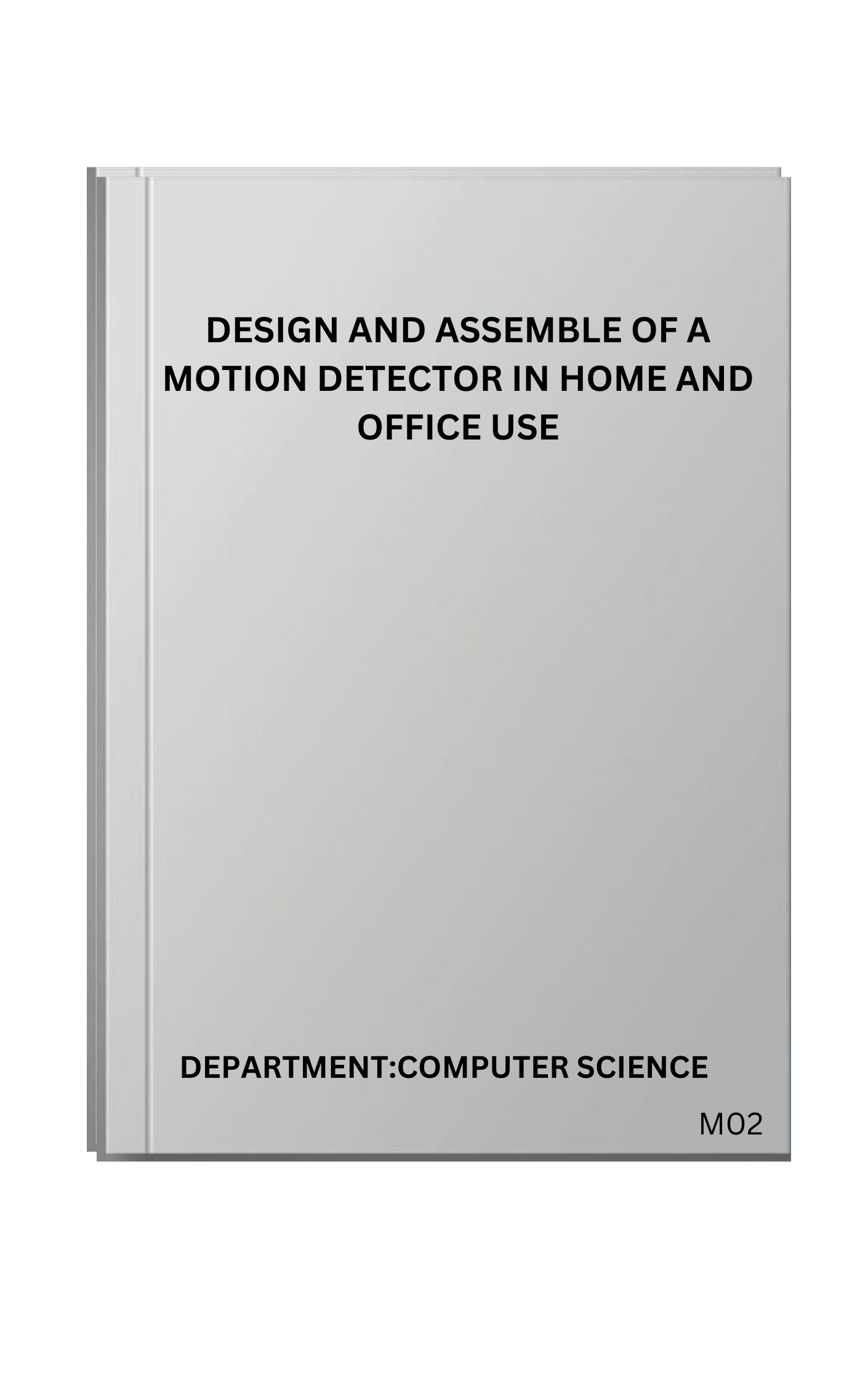CHAPTER ONE
INTRODUCTION
1.1 BACKGROUND OF STUDY
Closed-circuit television (CCTV), also known as video surveillance, is the use of video cameras to transmit a signal to a specific place, on a limited set of monitors. It differs from broadcast television in that the signal is not openly transmitted, though it may employ point-to-point (P2P), point-to-multipoint (P2MP), or mesh wired or wireless links. Even though almost all video cameras fit this definition, the term is most often applied to those used for surveillance in areas that require additional security or ongoing monitoring
Surveillance of the public using CCTV is common in many areas around the world. In recent years, the use of body worn video cameras has been introduced as a new form of surveillance, often used in law enforcement, with cameras located on a police officer's chest or head. Video surveillance has generated significant debate about balancing its use with individuals' right to privacy even when in public.
In industrial plants, CCTV equipment may be used to observe parts of a process from a central control room. For example, when the environment is not suitable for humans. CCTV systems may operate continuously or only as required to monitor a particular event. A more advanced form of CCTV, using digital video recorders (DVRs), provides recording for possibly many years, with a variety of quality and performance options and extra features (such as motion detection and email alerts). More recently, decentralized IP cameras, perhaps equipped with megapixel sensors, support recording directly to network-attached storage devices, or internal flash for completely stand-alone operation.
By one estimate, there will be approximately 1 billion surveillance cameras in use worldwide by 2021.About 65% of these cameras are installed in Asia. The growth of CCTV has been slowing in recent years. The deployment of this technology has facilitated significant growth in state surveillance, a substantial rise in the methods of advanced social monitoring and control, and a host of crime prevention measures throughout the world.
Throughout history humans have valued their own life and the lives of their loved ones above all else. Next in value has been their property. Over the centuries many techniques have been developed to protect property against invaders or aggressors threatening to take or destroy it. In the past as in the present, manufacturing, industrial and government organizations have hired‘watchmen’ to protect their facilities. As electric technology advanced however, alarm systems and video were introduced, the most advancement coming with the introduction of the Solid-State Video Camera in the 1980s. `
By the early 90s, the solid-state camera using a Charge Coupled Device (CCD) image sensor was the product of choice for new security installations. The solid-state CCD sensor and the newer metal-oxide semiconductor (MOS) and Complimentary Metal-oxide semiconductor (CMOS)sensors have longer life and are stable overall operating conditions. Another factor in the explosive use of video in security systems has seen the rapid improvement in equipment capability at affordable prices.
Surveillance of the public using CCTV is common in many areas around the world. In recent years, the use of body worn video cameras has been introduced as a new form of surveillance, often used in law enforcement, with cameras located on a police officer's chest or head. Video surveillance has generated significant debate about balancing its use with individuals' right to privacy even when in public.
The 1990s saw the integration of computer technology with video security technology. All the components were solid state. Digital video technology needed large-scale digital memories to manipulate and store video images and the computer industry had them. To achieve satisfactory video image transmission and storage, the video signal had to be compressed to transmit it over the existing narrow band phone-line networks. The video computer industry already had compression for broadcast, industrial and government requirements. The video industry needed fast and low cost means to transmit the video images to remote location and the US government’s Defense Advanced Research Projects Agency (DARPA) had already developed the internet (and intranet), the predecessor of the World Wide Web (WWW). The internet (and intranet) communication channels and the WWW now provide the ability to transmit and receive video and audio and communicate and control the data from anywhere. (Neil Cummins, 2016)
By one estimate, there will be approximately 1 billion surveillance cameras in use worldwide by 2021. About 65% of these cameras are installed in Asia. The growth of CCTV has been slowing in recent years. The deployment of this technology has facilitated significant growth in state surveillance, a substantial rise in the methods of advanced social monitoring and control, and a host of crime prevention measures throughout the world.
An early mechanical CCTV system was developed in June 1927 by Russian physicist Léon Theremin (cf. Television in the Soviet Union). Originally requested by the Soviet of Labor and Defense, the system consisted of a manually-operated scanning-transmitting camera and wireless shortwave transmitter and receiver, with a resolution of a hundred lines. Having been commandeered by Kliment Voroshilov, Theremin's CCTV system was demonstrated to Joseph Stalin, Semyon Budyonny, and Sergo Ordzhonikidze, and subsequently installed in the courtyard of the Moscow Kremlin to monitor approaching visitors.
Another early CCTV system was installed by Siemens AG at Test Stand VII in Peenemünde, Nazi Germany in 1942, for observing the launch of V-2 rockets.
In the U.S. the first commercial closed-circuit television system became available in 1949, called Vericon. Very little is known about Vericon except it was advertised as not requiring a government permit.
1.2 STATEMENT OF THE PROBLEM
There has been report of student eating in the computer laboratory, disconnection of wired network, making use of computers when they are not asked to, plugging devices where they are not supposed to due to the fact that they are not supervised or no one is watching, with this study proper conduct will be perform by students. While for the aspect of the departmental office sometimes the secretary might go on an era and the door is open the HOD will be able to see who comes in and go out directly from her office when the secretary is not around.
1.3 AIM OF STUDY
The aim of study is to construct CCTV using laptop camera for the purpose of security and monitoring of activities carryout in the departmental office and computer laboratory.
PAY TO GET COMPLETE PROJECT

